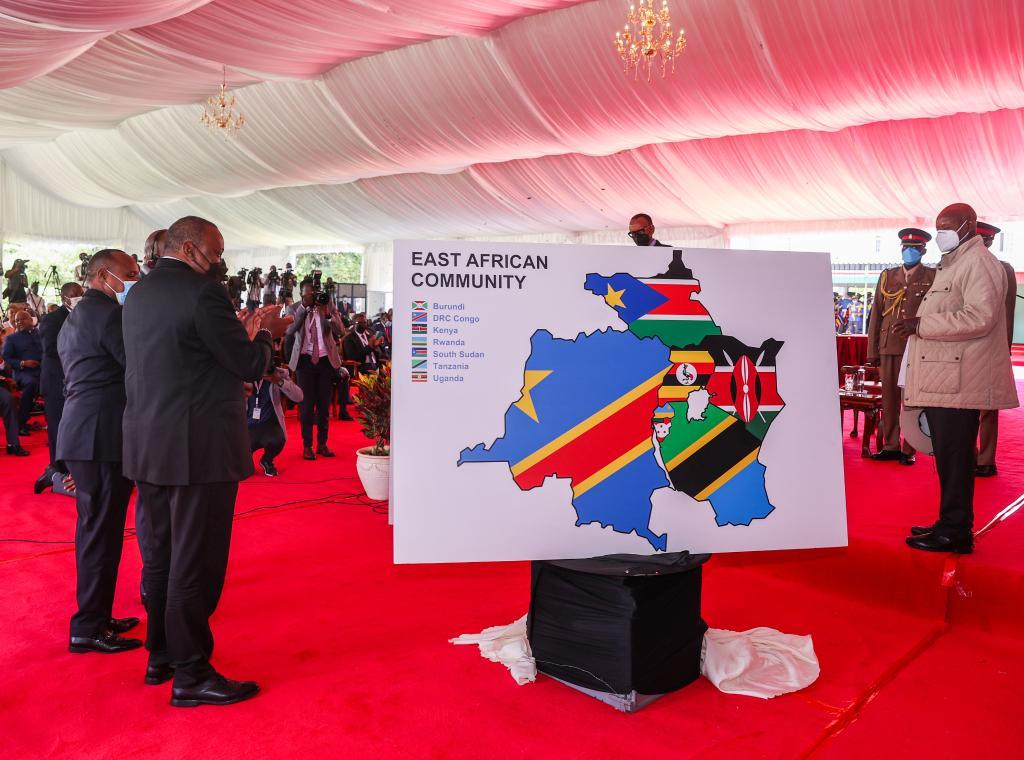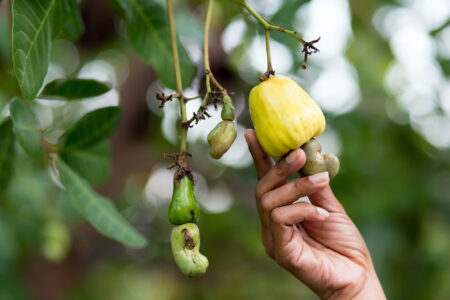Road infrastructure stimulates trade.
According to a World Bank report titled ‘How does infrastructure support international trade?’ global trade has contributed to economic growth and poverty reduction in the past three decades ‘ so transport infrastructure stimulates trade which brings about economic growth and reduces poverty.
To better share the gains of trade, more road infrastructures are needed to connect better regions of a country and countries in a given area as well that is the basis to improving intra-African trade.
However, high transport costs continue to hinder regional integration since large-scale transport infrastructure investments require huge investments. However, once set up, road infrastructure can ‘reduce transport costs both within countries and to other countries, increasing internal as well as external trade integration,’ reads the report in part.
- World Bank emphasizes investment in transport infrastructure
- EAC invests in new bypass road to connect bloc
- Trade growth along road infrastructure speeding integration
Most experts agree that little is known about variations in transport costs on different routes and the routes’ distinct characteristics. However, this is a very valuable question because it helps us better understand the value of investing in road and other transport infrastructure.
The World Bank report emphasizes the need to understand and value how ‘inter-regional trade responds to changes in transport costs in developing countries, and the extent to which they increase volumes for existing traders or induce additional traders to enter the market.’
Such figures would tell policymakers the exact value of investing in a road, despite the initial seemingly expensive and almost unnecessary costs. This is the math that AU officials must conduct to invest in intra-African trade. Research shows that to reach this feasibility valuation, ‘both transport infrastructure, as well as characteristics of the markets for transport services, affect the final transport prices.’
Also Read: Kenya-Uganda trade ties to grow stronger with completion of new road
The value of investing in transport infrastructure: A case for Tanzania
It is common knowledge that transport infrastructure helps boost the growth of economies where the structure is set up.
However, when the infrastructure is a road, how long does it take before the communities where the road runs actually start to benefit from its construction?
Economists say road infrastructures start to give value for money even before the actual construction work begins. In anticipation of an upcoming road project, vendors and contractors begin to set up shop, the first step of any town’s development.
When the actual construction work begins, numerous businesses mushroom all along and around the construction sites and little towns are born.
Such is the case with the 42.4 km Arusha Bypass Road that was launched during the EAC Heads of State summit earlier this year in Arusha, Tanzania. The bypass is meant to decongest traffic in the towns of Arusha and Moshi and to promote intra-regional trade.
It is a component of the multinational Arusha-Holili/Taveta-Voi Road project, funded by the African Development Bank Group, and connects Tanzania and Kenya. The funding from the African Development Fund, the Bank’s concessional window, amounts to $217 million, $112 million for Tanzania and $105 million for Kenya.
These are huge figures, but based on the World Bank report, it can be safely projected that the road infrastructure will, over time, break even and amass much more benefits in trade and social development than the investment sum.
Also Read: Land Issues Delay Bypass Upgrade Works
To show the importance of the road or rather how much importance leaders of the EAC place on transport infrastructure, the road was unveiled by the former EAC Chairperson President Uhuru Kenyatta, and Tanzanian President, Samia Suluhu Hassan, who were accompanied by Uganda’s President Yoweri Museveni and Burundi’s President Evariste Ndayishimiye, as well as President Hassan Sheikh Mohamud of Somalia.
“The Arusha Bypass will not only enhance trade between Tanzania and Kenya but will also facilitate trade for landlocked regional neighbours, namely Rwanda, Burundi, Uganda and the eastern Democratic Republic of Congo,” commented the African Development Bank Director General for East Africa, Nnenna Nwabufo.
She went on to point out how the project has ‘enabled significant reductions in transit times, facilitated cross-border trade and enhanced access for tourists to the many attractions in the region.’
”For instance, transit time at Taveta/Holili Border that previously took almost an entire day, now takes less than two hours, due to the improved road conditions and streamlined border procedures,” she said.
However, the World Bank notes that ‘intra-African trade continues to remain low and constrained by poor transportation links and high border delays.’
According to research findings, the report suggests that the current road network in East African borders requires more investment to support cross-border trade, especially along the North-South corridor from South Sudan to Uganda.
It is evident that transport infrastructure is key to trade growth and speeding up socio-economic development in any region around the World. While African countries are investing in transport infrastructures, intra-regional projects still lag behind.
The connection bypass road launched by the five presidents of the East African Community (EAC) has set precedence in the importance of neighbouring countries undertaking joint projects to improve transport infrastructure between and amongst themselves.
This point is underlined in the World Bank report; “Patterns of shipping, transshipping, and distribution mean that trade depends not only on the quality of infrastructure in the two trading countries but also of that in key third party countries on the trading network.”
The point is that while two countries can come together to improve transport infrastructure, it is not enough because trade, in many cases, goes much further than the border between two countries.
It is vital that countries in a given trading bloc, like the East African Community (EAC), come together to ensure all the countries in the bloc improve their transport, storage and communication infrastructures.
The same can be said about larger trading areas like trans-African trade that spans the length of the continent. For many years now, it has been a question of much discourse, what is causing sustained low intra-African trade?
A major deterrent to trade is poor road infrastructure, as such, the World Bank report is correct to emphasize the need to increase investment in transport infrastructure if Africa is to grow intra-African trade. The multiplier effect of building good roads, rails, marine and air infrastructure is increased trade and social integration which in the long run translates to improved social welfare and wellbeing of the people, the main goal of any development plan.











